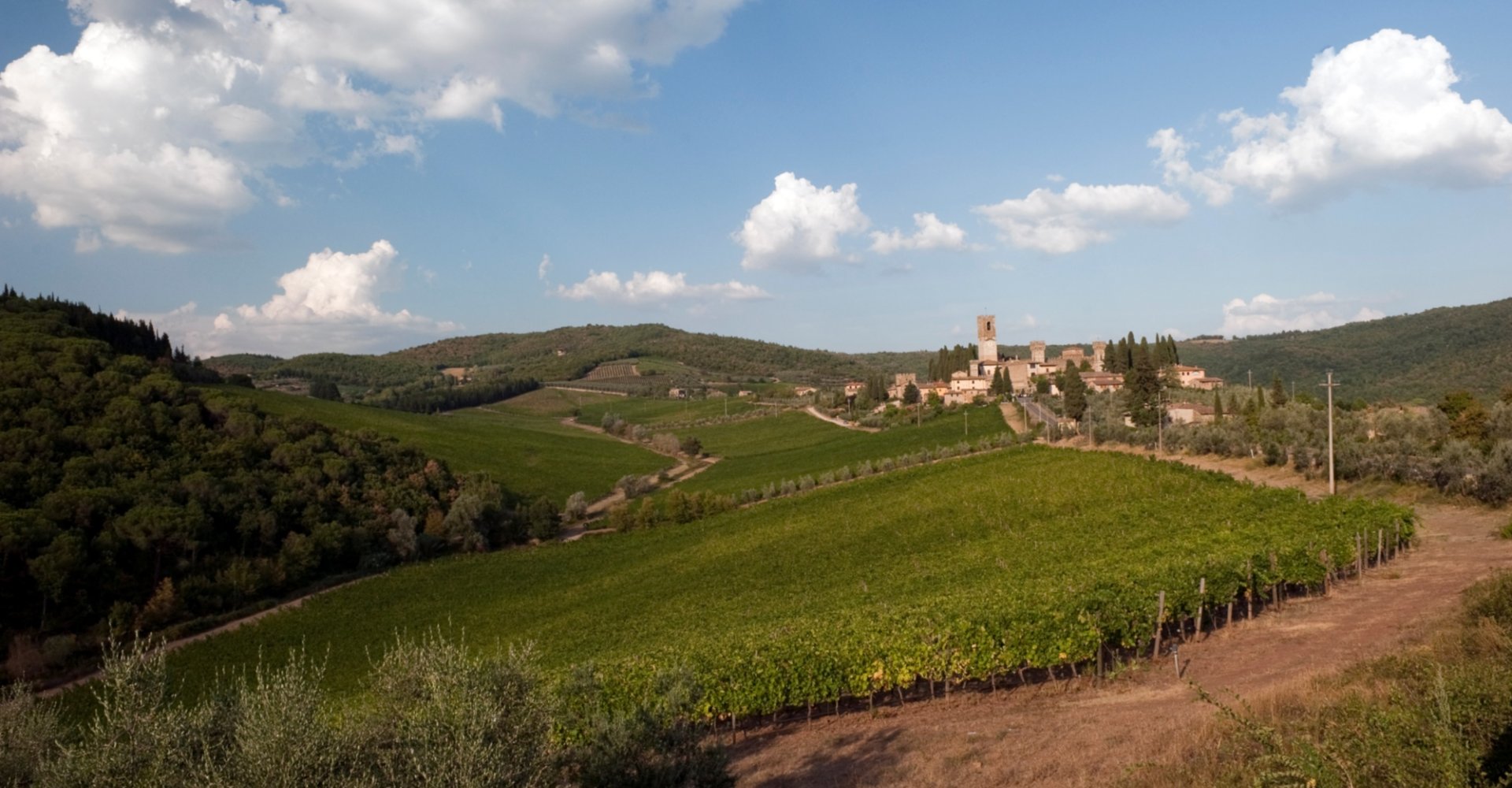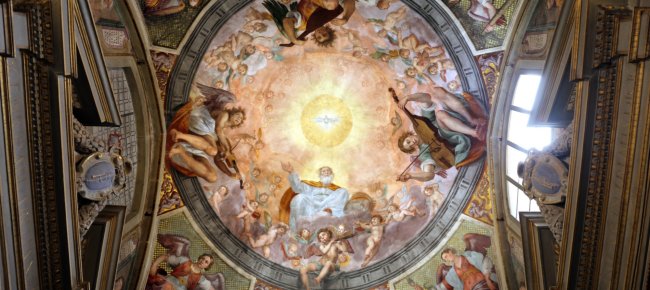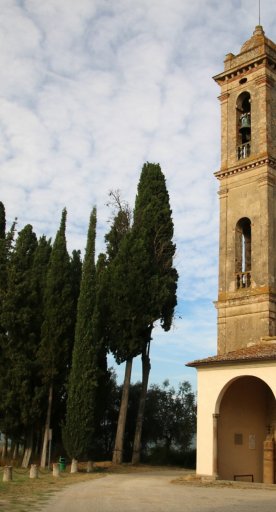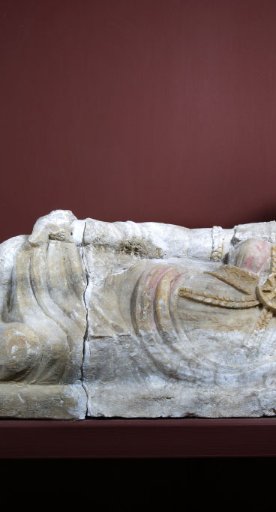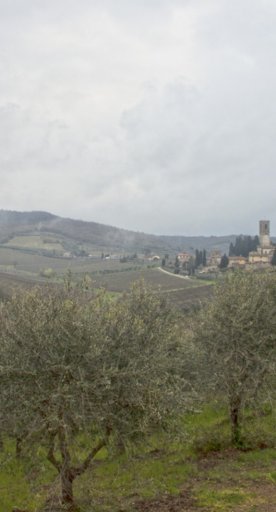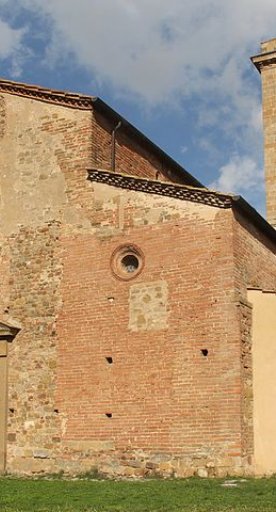Abbey of San Michele Arcangelo in Passignano
A historic monastic complex in an enchanting natural setting
The Abbey of San Michele Arcangelo is located in the locality of Passignano, in the territory of Barberino Tavarnelle. It is a Vallombrosian monastic complex, whose first community of religious is testified even before the year 1000.
Despite the many renovations over the centuries and the typical appearance of the villa-castle according to the 19th-century fashion, it is one of the most striking and fascinating religious places in the Chianti area, where the founder of the Vallombrosan congregation San Giovanni Gualberto lived and died.
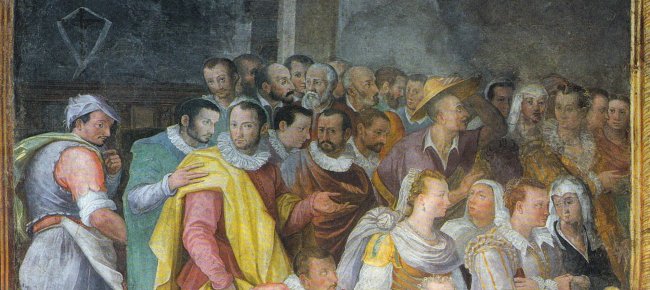
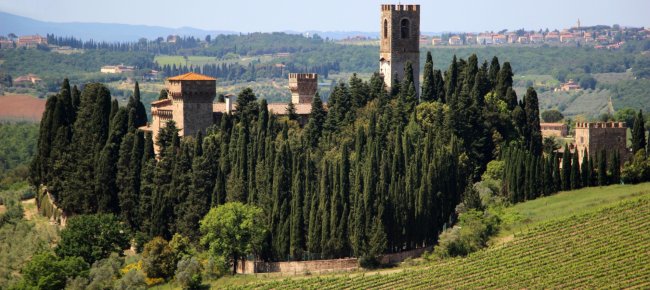
Don't miss the large cloister, the centerpiece of the monastic complex and a splendid example of 15th-century architecture of the genre, the kitchen that has remained virtually unchanged since the 18th century, and the refectory decorated with a precious Last Supper by Domenico Ghirlandio. The fresco, also mentioned by Vasari and documented in the monastery's account books, was created by the Florentine artist, then 27 years old with the help of his brother David following the Florentine fashion for cenacles, typical of the time. In fact, it can be seen that the architecture in which the scene is framed is reminiscent of the Cenacle of Sant'Apollonia in Florence.
In the abbey church named after San Michele Arcangelo and built beginning in 1266, works of great historical and artistic interest are preserved, such as Alessandro Allori's frescoes in the Chapel of San Giovanni Gualberto. Here, where the Saint's tomb is located, the Bronzino pupil depicted stories from the Saint's life and the Recognition of the Relics in 1531. In the Chapel of San Sebastiano and Sant'Atto are canvases and frescoes by the late Mannerist painter Benedetto Veli.
After the suppression of the religious orders in 1866, the entire complex came under Italian royal government and was later sold to a Polish noble family. After more than a hundred years, in 1986, Badia a Passignano returned to the Vallombrosian monks, who still keep it alive there today.
